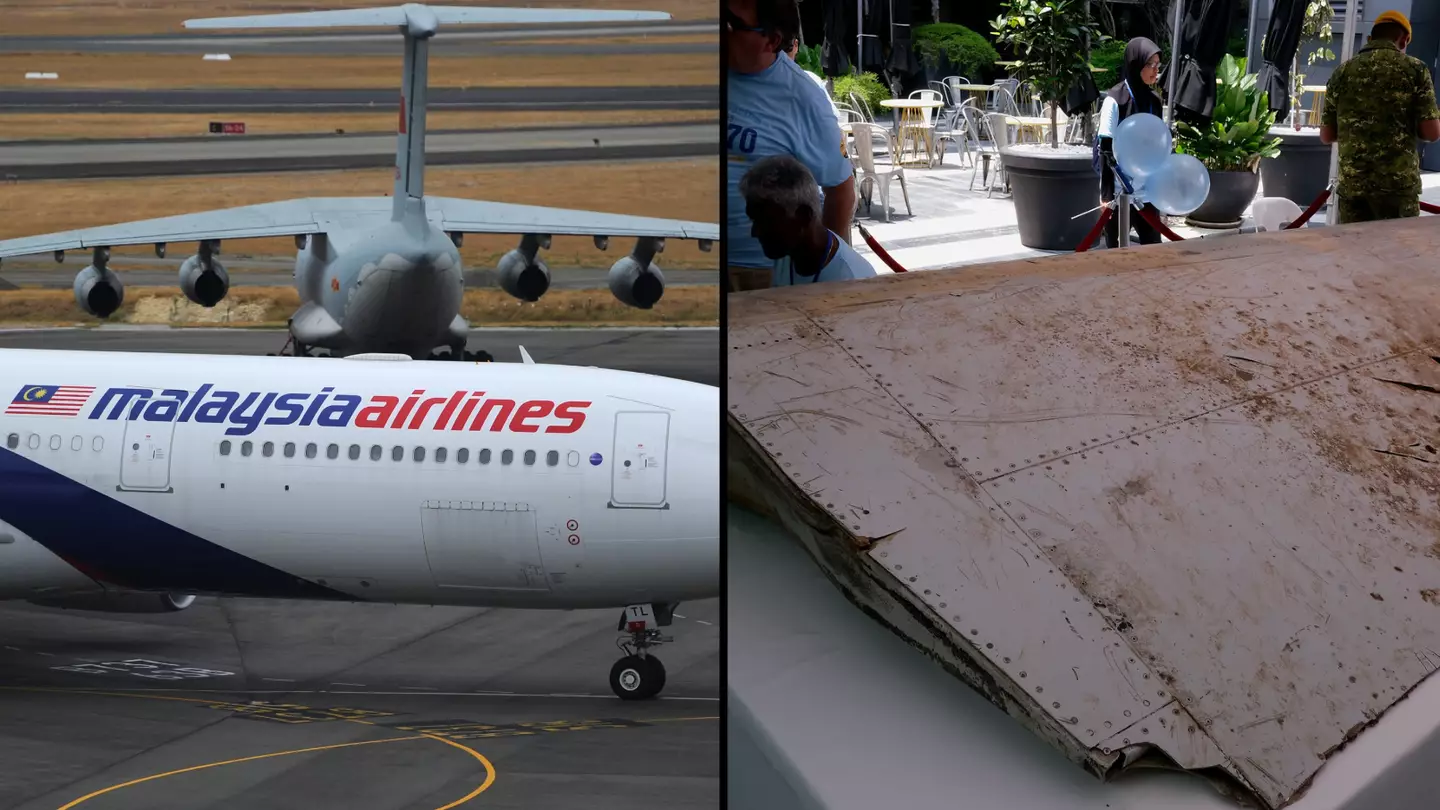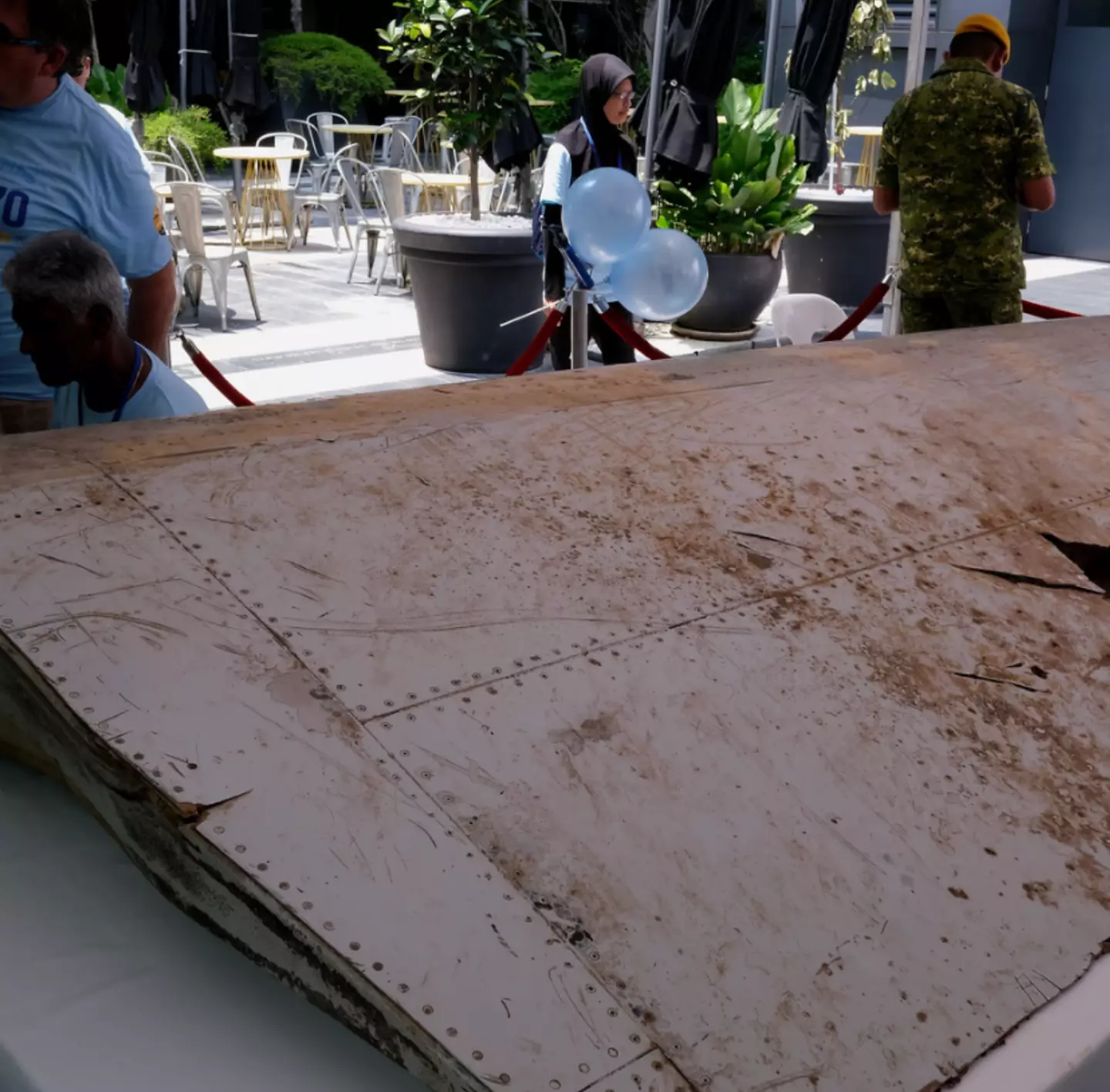
Scientists think they may have found a key clue to help them find out where MH370 Malaysia Airlines plane might have landed.
The whereabouts of the plane has been an ongoing mystery that has baffled after it disappeared whilst flying to Kuala Lumpur from Beijing on 8 March 2014.
The plane is believed to have crashed and all 227 passengers and 12 crew aboard are presumed dead - with the location of the plane still unknown.
Advert
However, that could all change, researchers have said, thanks to some sea creatures.
A wrecked wing of an airplane which is believed to belong to the plane was discovered washed up on the island of Réunion and it is covered in barnacles.
Scientists in Florida now think that there might a chance that whatever is found in the shells of little crustaceans could help finding the missing plane.
Advert
Using a method to extract ocean temperatures records from their shells, they hope to be able to recreate the drift path of these barnacles.
According to Oceana, the creatures grow their shells around them - often molting their shells and letting them reform, similar to a tree ring.
And, researchers say that each ring can reveal the temperature of the water at that moment.

Gregory Herbert, an associate professor of evolutionary biology at the University of South Florida, said: "The flaperon was covered in barnacles and as soon as I saw that, I immediately began sending emails to the search investigators because I knew the geochemistry of their shells could provide clues to the crash location."
Advert
“The chemistry of barnacle shell layers is like a forensic recorder for drifting debris.” he added.
David Griffin, a senior oceanographer, also called the research 'an important step towards possibly satisfying Malaysia’s requirement for ‘credible new evidence’ to restart the search'.
“We knew there were clues encrypted in the shells of the barnacles, but the problem was that no one really knew how to decode them,” he said.
“That’s what this group has done. They’ve given us the methods to decode the data that’s there—stored in barnacle shells.”

Advert
Nothing about the plane has been officially confirmed yet, but it's widely believed the aircraft went down in the Indian Ocean.
The plane performed a U-turn after being in the air for less than an hour, and was travelling in the opposite direction of where it should have been headed when communication suddenly cut out.
The search for the aircraft was called off in 2017, but several theories have emerged over the years.
Earlier this year, one researcher claimed to have found the missing Malaysia Airlines flight MH370 using satellite imagery.
Topics: World News, Travel